リズ・トーマスのハイキング・アズ・ア・ウーマン#07 / 恋人と一緒にハイキングを楽しむ方法

How to Take your Significant Other Hiking: Tips that Actually Work
For many outdoorsy people, summer is the season for taking your significant other or spouse out in the woods. Yet, almost every experienced thru-hiker I know who has attempted to take a non-hiking Significant Other on a long hike has proclaimed the trip a disaster. One guidebook for climbing Mt. Whitney went as far as to call the trek a “divorce-maker.” As an experienced woman who takes her city-boy boyfriend into the outdoors, I hope to share some of the tricks I have used to make our hikes together more enjoyable.
In 2012, I took my boyfriend, Brian—a self-described nerd whose hiking experience until then included once going on an overnighter with a college outdoor club—on the almost-500 mile long Colorado Trail. I knew that long distance backpacking with a newbie would force me to make compromises about my own hiking style, but I really wanted to hike with him, and knew any changes in my schedule would be completely worth it.
Before we started the Colorado Trail, we strategically plotted out how we could hike together despite the disparity in our skill levels. Through communication, training, and planning, we averted the disastrous patterns that befall many hiking couples. Our Colorado Trail trip (at least for me) has been a highlight of our time together and actually strengthened the relationship.
On the flipside, I’ve walked in two sets of shoes. Early on in my hiking career, I hiked for several years with boyfriends who had more experience than me. It. Was. Awful. Which is one reason why I’m writing this article—so no one of any gender in any relationship has to go through what I went through.
Here is the BEFORE THE TRIP, PLANNING AND TRAINING, and DURING THE TRIP advice I tell other couples to take before heading into the woods together. Although the stereotype is that men take their girlfriends and wives outdoors, many women (myself included) take their boyfriends and husbands outside. For the purposes of this article, I will assume “You” means “the more experienced partner” and “The Significant Other” means “the person newer to backpacking.” Although these tips are meant to help hiking couples, the same process applies if you are taking family members, kids, or friends hiking for the first time—those are relationships that you don’t want broken from a bad hike, either. These ideas can also aid groups hiking together where members of the group have different experience levels. Below, you will find questions, activities, and discussions that will help make sure that you and your partners are all on the same page.
■BEFORE THE TRIP
1) Make sure the Significant Other is 100% on board for the trip. Sometimes, this means waiting until the Significant Other asks to go on the trip or even waiting until the Significant Other suggests the trip to you before you suggest the trip to him/her. As with any trip, each person needs to hike their own hike and hike for the right reason. When the idea comes from the Significant Other, it shows that s/he is taking initiative, not just tagging along on your trip. S/he would do this one way or another, and if not with you, then with a bunch of friends. You can invite a significant other on shorter trips—just make sure that s/he has fully bought into the idea and is enthusiastic about the trip.
2) Start Planning Early. Planning a trip for two people (or a group) can be more time consuming than planning for one. There are lots of decisions where you may believe you know what to do, but you need to involve the significant other to make these decisions. For a very long trip—especially if it is overseas—6 months to several years of planning is a reasonable. If you are in a new relationship, it’s best to start with a short overnight trip first. A long backpacking trip with someone you don’t know that well can lead to problems and the trail is a bad place for a break-up or relationship drama.
3) Prepare your mindset for the trip. Think of and treat your Significant Other as a full hiking partner, not a mentee. Remember that you can learn things—actual skills, tips, and tricks about the outdoors and backpacking—from the Significant Other, too. For example, Brian is much more technologically savvy than me, and has taught me how to use GPS mapping tools, which have helped me on many long distance routes.
4) Figure out your hiking goals together way before setting off. Hint: it’s probably not about pulling 40-mile days, taking the burliest and gnarliest route, or bushwhacking your way through a never-before-done route.
5) Remember that the #1 Goal of the Trip. It is not to make it to the top of the peak, get to Mt. Katahdin or Canada, or to make big miles every day. The #1 Goal of this Trip is staying together as a couple. Oh yeah, and not dying is pretty important, too.
6) Leave a big chunk of the research to the Significant Other That way, s/he gets all his/her own information instead of hearing it from you. On my Colorado Trail hike with my boyfriend, I didn’t want to appear like an insufferable know-it-all or even a nag. Because my boyfriend did the research, he ended up finding information I would have completely missed. Hikes go better when both parties feel like they can bring something to the table.
Before our Colorado Trail hike, I suggested a few books and websites for Brian to read before heading off on the trip, like Mike Clelland’s Ultralight Backpackin’ Tips, Mike and Allen’s Really Cool Backpacking’ Book, and Yogi’s Planning Guides. In Japanese, Long Distance Hiking by Shin Hasegawa has great ultralight and long distance backpacking tips. I would also encourage people new to long distance hiking to take my 6-week online class, Thru-hiking 101, with Backpacker Magazine. Lastly, before we hiked the Colorado Trail, Brian talked to other backpackers (besides me) to ask questions. Many women who are going on a backpacking trip for the first time have questions that men can’t answer. Having a group or online forum of women who can provide answers is very useful.
7) Watch some hiking documentaries and movies together. This will help set expectations for what the trip will be like. It’s not all sunshine and rainbows out there, so make sure everyone realizes that hiking has some pain, suffering, and hunger involved, too. I helped Backpacker Magazine develop this list of famous thru-hiking movies and books: http://www.backpacker.com/skills/beginner/pre-trip-planning-beginner/the-best-books-movies-about-thru-hiking/
8) Discuss beforehand—and be willing to make compromises—on how long you expect to hike each day, what time you plan to start and stop hiking, how many and how long breaks will be. If one person gets injured, fatigued, or ill, the other person needs to put his/her own ego and goals aside and do what is best for the team. On Day 2 of the Colorado Trail, Brian and I were at almost 12,000 feet and he was feeling some altitude sickness. We had only hiked half of our planned miles for the day, but I knew that keeping him safe, healthy, and happy was even more imperative to finishing the trip as making all of our miles. We spent half the day reading in the tent, cooking up food, staying hydrated, and recovering. The next day, we were feeling strong and ready to go.
9) Talk about your budget. Figure out how much time and money you both hope to complete the trip in/with. Couples who start long hikes with a lot of money tend to fight less than those on limited resources. It can be done on a budget, but money woes become yet another thing that can potentially go wrong to an already difficult trip.
10) Figure out your daily priorities as a couple. What’s the most important? Staying dry? Sleeping comfortably at night? Before we left for the Colorado Trail, Brian told me that he didn’t want to get cold and wet. I promised him that if it ever started raining, that we would immediately stop hiking and set up the tent. Sure enough, after 3 hours of hiking on our first day, it started hailing. We hid out under a tree for an hour. There were other times when it started raining and we set up the shelter, but sometimes, if he felt comfortable, we continued on in the light rain.
11) Discuss your fears and concerns. Is your Significant Other afraid of bears? Snakes? Hiking in the rain? Being cold at night? Sleeping on rocks? Getting wet feet on fords? Hiking on snow? Learning these concerns while on trail—facing the bear, walking an icy slope, or sitting around in wet clothes—can be stressful. But figuring out anxieties beforehand and then actively trying to avoid them as a team (or learning how to avoid them through books, videos, and classes) can build solidarity and trust during your hike. Talking beforehand about what you’re going to do if The Worse Case Scenarios Happens can reduce the stress you face as a couple when they actually do happen.
12) Have an honest discussion about some of the stresses that you foresee on the hike. Develop a plan to get through it, or at least acknowledge that it will happen. For example, I am prone to get very irritable when I am hungry. I warned my Brian about this before the trip so he knew to remind me to eat if I seemed bad-tempered. On the other hand, Brian gets irritable when his hands are cold, so we developed a plan to make sure his hands would be warm.
■PLANNING AND TRAINING
1) Ask the Significant Other to plan the trip to his/her abilities, however many rest days or however few miles per day or hours hiking per day that may entail. This serves three purposes. First, s/he can decide how far you want to hike each day and where to camp each night. Second, s/he can take ownership of the trip. Third, s/he can become more knowledgeable about the trail and terrain than you. Of course, just as you would if you were taking a trip with an experienced backpacker, you should review the itinerary to ensure it is reasonable (and fix any potential issues).
2) Go on a test dayhike with each other to make sure that your daily estimated mileage for the trip is reasonable. I typically advise people to figure out what they can do on their longest dayhike and to set their backpacking mileage at one half to 2/3rds of that mileage, at least for the beginning of the trip.
3) Go on a test camping trip—or better yet, a test backpacking trip. Even if you are staying in a car camping site or even if you backpack a very short distance from the trailhead, the practice of setting up your tent, sleeping in your sleeping bag, and cooking on your stove will help you decide if you have the right gear. There is nothing like having an uncomfortable backpack or a tent with a leak to create high stress and drama to a relationship. Figuring out problems in lower stress situations (when the car and a restaurant are ten minutes away) is a much better way to get your gear system sorted out than when you are in the woods far from help. This is important advice for all beginning long distance hikers, whether they are traveling with a Significant Other or not.
4) Split up the prep work and make sure each of you has your own chores and duties. For example, if you are sending yourself food packages, the job can be made much easier if done with two people. One person can construct boxes while the other labels the boxes. One person can add food while the other person weighs the box.
5) Finding gear for the two of you can be a big challenge on a trip. If you own two backpacks or two tents, you may be tempted to let your Significant Other use your back-up gear. However, your Significant Other may be better off borrowing gear from a friend, renting gear, or even buying his or her own. It’s important to use gear that fits—as an ill-fitting pack can cause injury and end a hike early.
6) Take safety and first-aid courses together. If you were to fall or get injured, you need the other person to know how to conduct first-aid. Even if you have already taken a first-aid course, taking a refresher course is always useful to making sure you are prepared. The class will also give you an opportunity to discuss Worst Cast Scenarios that could happen on trail, so that you both know how to react.
■DURING THE TRIP
1) Create gear redundancy. Both of you should carry your own sets of maps and know how to use them. You both should also carry your own first aid kits and clothing. This allows for a margin of safety in case one of you were to become lost.
2) Split the Pack Weight. If the Significant Other is still working up to carrying a full-weight pack, you can volunteer to take most of the food. Food is oftentimes one of the heaviest things in a pack, but if an emergency were to arise, a person can survive a lot longer without food than without shelter. Make sure the Significant Other carries enough snacks to get through the day, though.
3) Make sure you have plenty of food and eat frequently. Low blood sugar is a major cause of outdoor accidents and fights between couples on trail. Make a plan to eat every 2-3 hours and stick to that schedule. Don’t make important decisions on empty stomachs.
4) Vocalize any discomfort and make a pact to deal with it immediately. Tell each other immediately if you feel a blister forming or any other aches or discomfort. Stopping and dealing with it sooner—instead of pretending it isn’t a problem—prevents dealing with a bigger issue in the future.
5) Split up camp chores. Make sure everyone is useful. One person can be assigned setting up the shelter each night. Another can be assigned the cooking job. Hopefully, everyone learned how to do their job while practicing at home or on an overnight trip, but if not, the practice of repeating the chore day-after-day will help that person master it in no time.
6) Be mindful of the things that you discussed before the trip. If you promised that you would not have to hike in the rain, then keep that promise.
7) Be open-minded. Different people enjoy the outdoors differently. Be willing to accept the joy, pain, or insight of the other person. Be sensitive to how the other person may be experiencing the hike—even if it is very different than you. This is another way to say Hike Your Own Hike but do it Together.
- « 前へ
- 2 / 2
- 次へ »
TAGS:

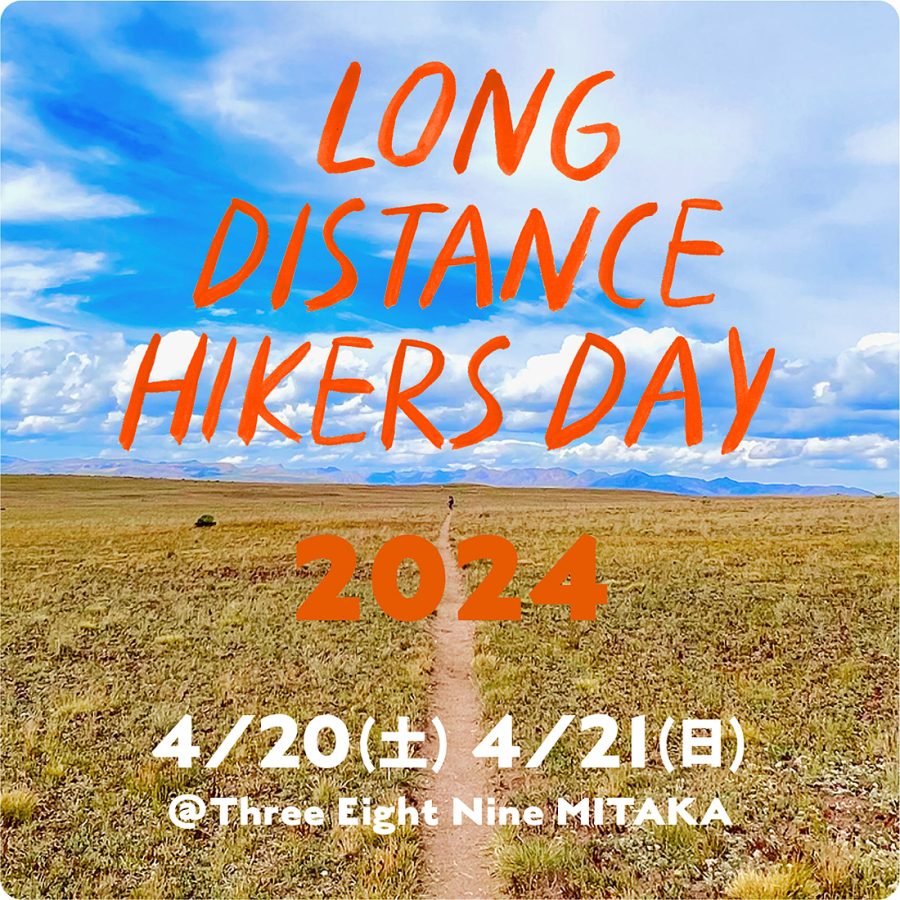
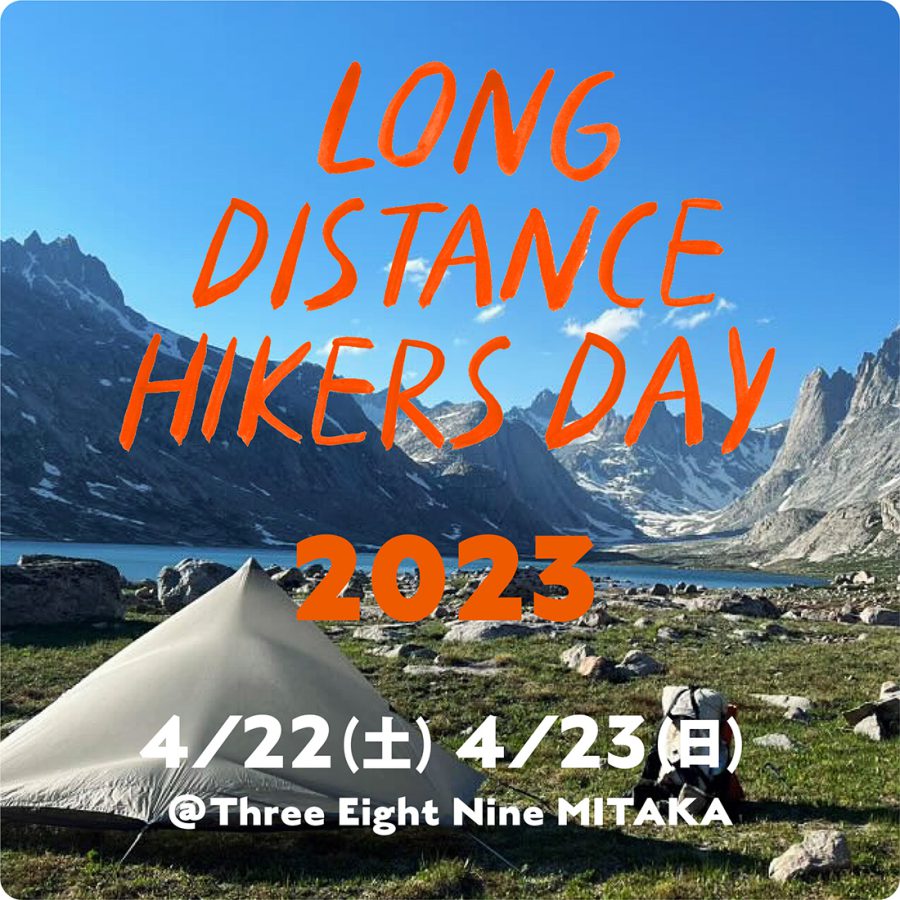

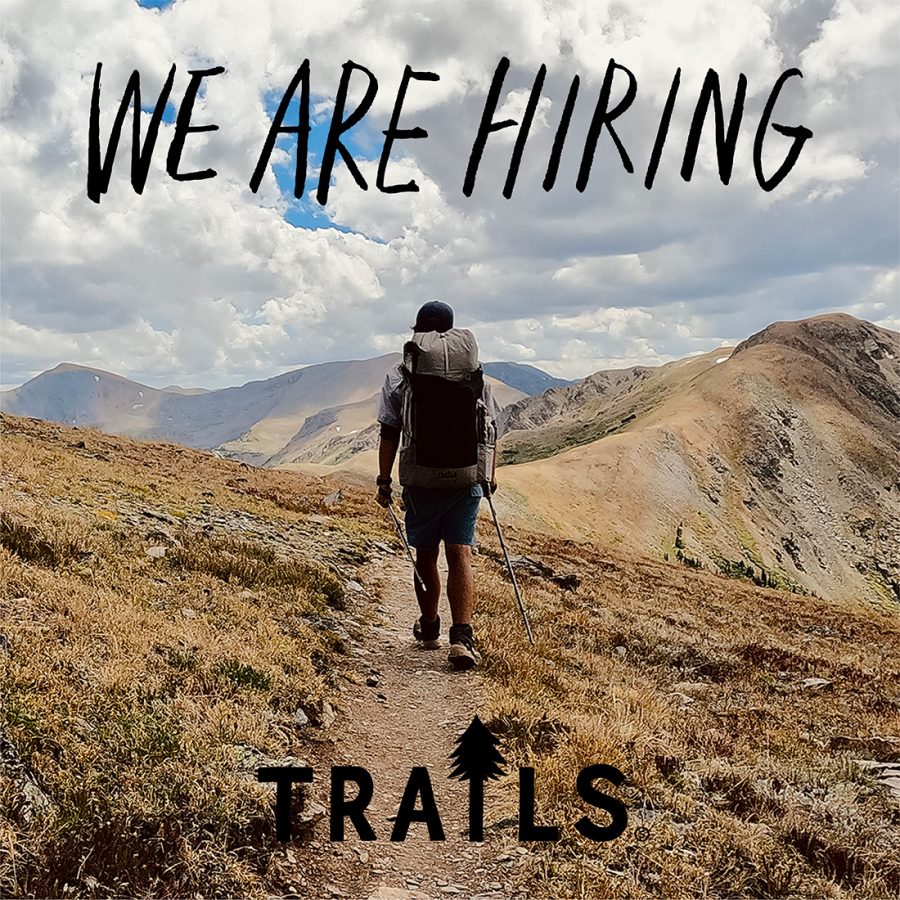
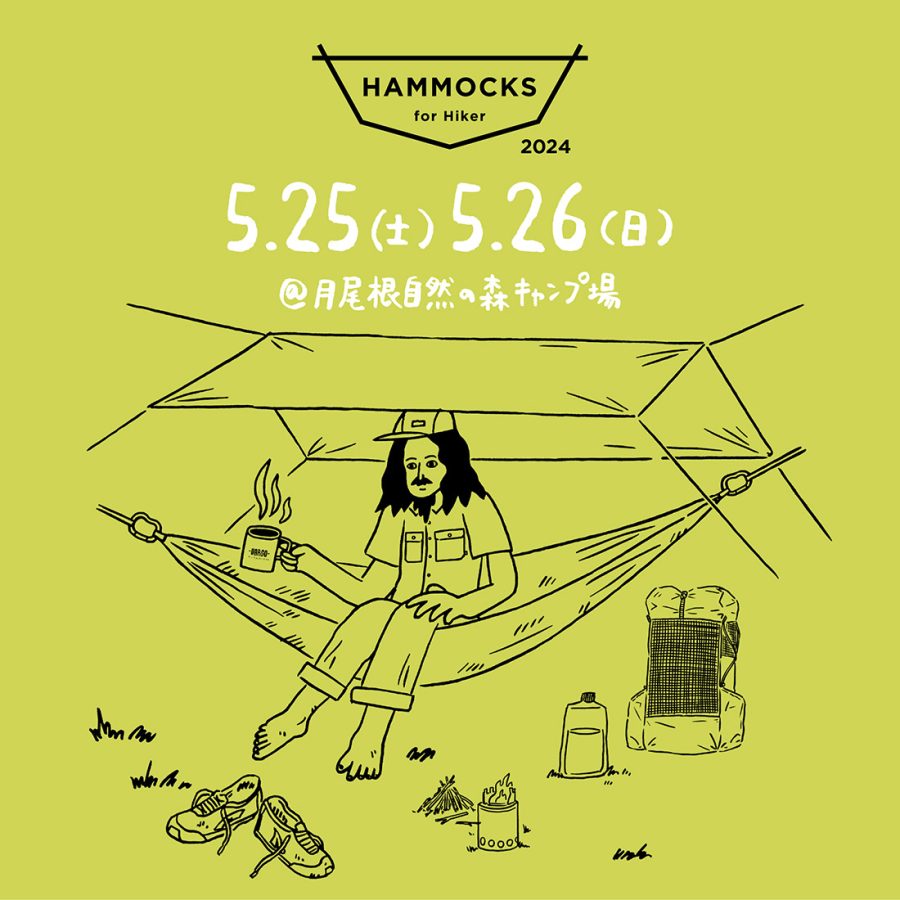

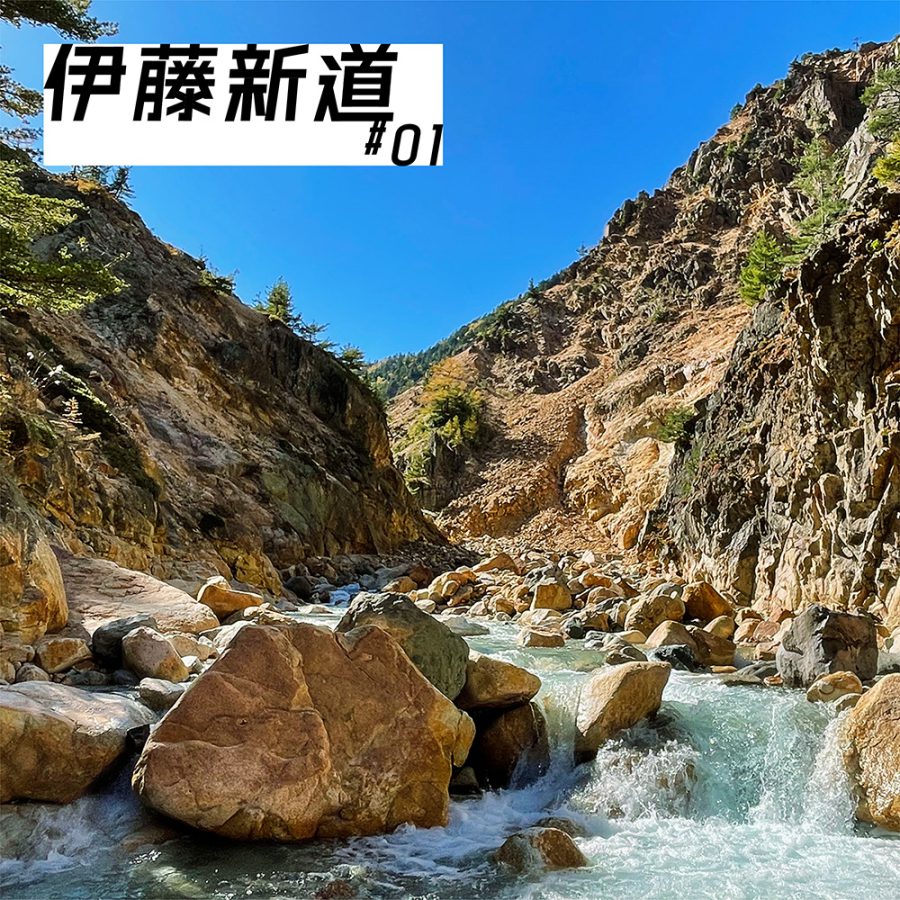
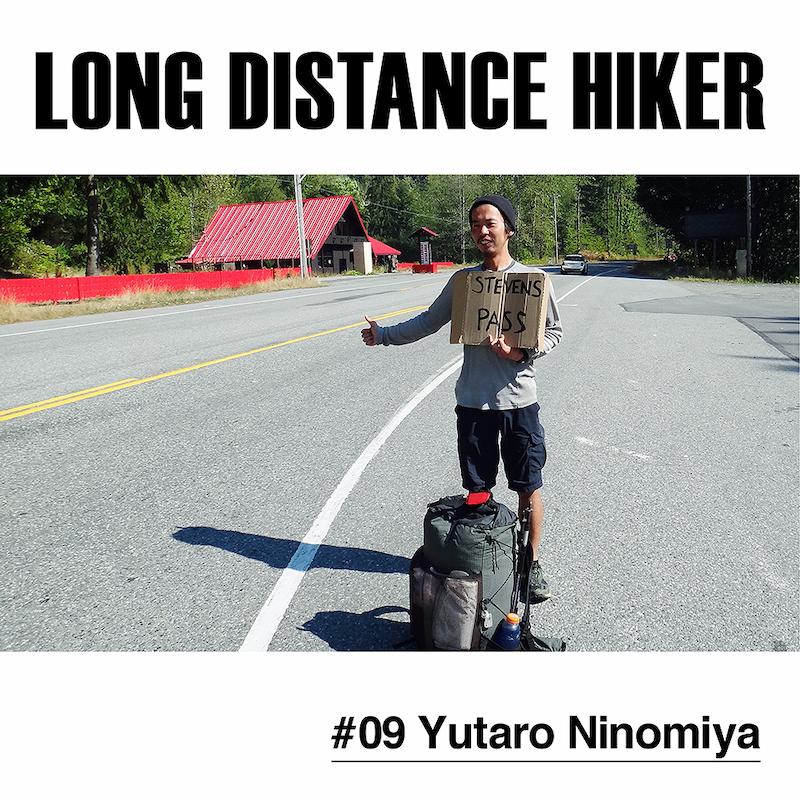
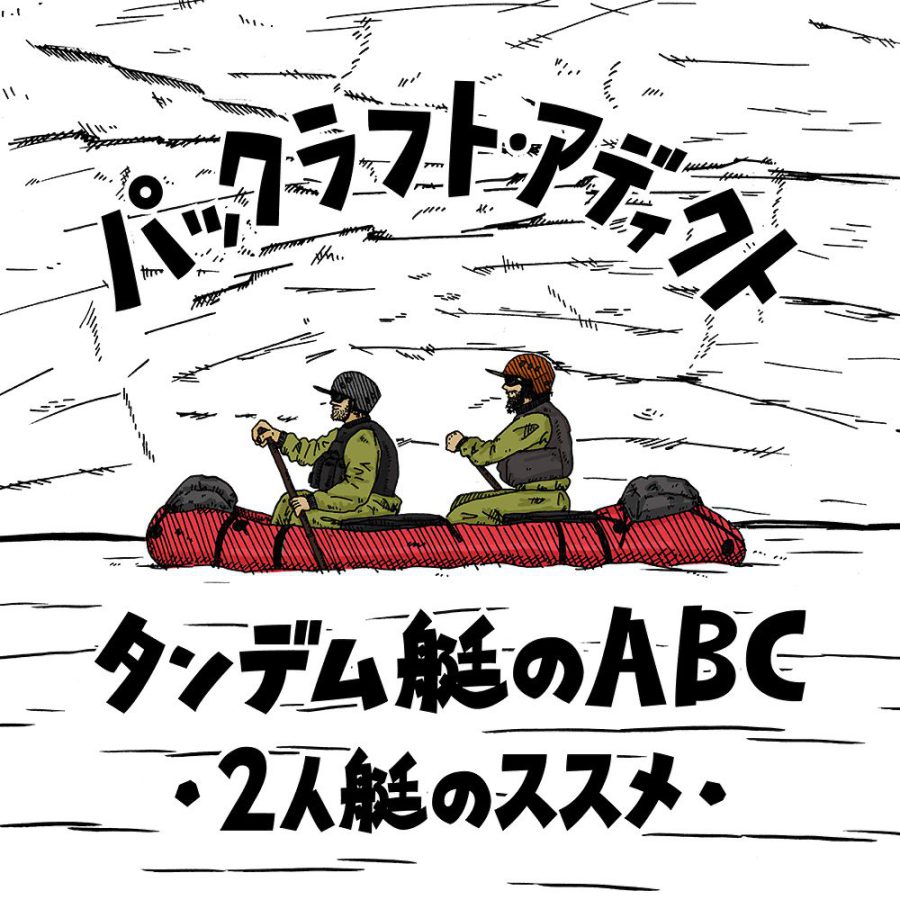
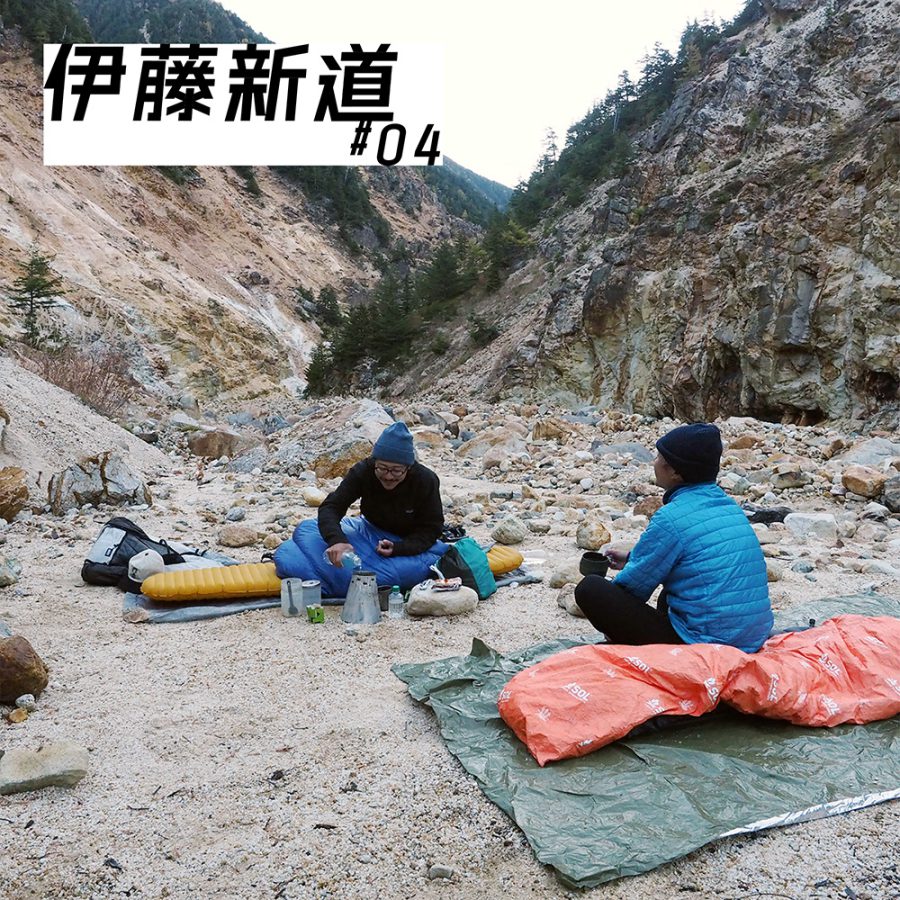



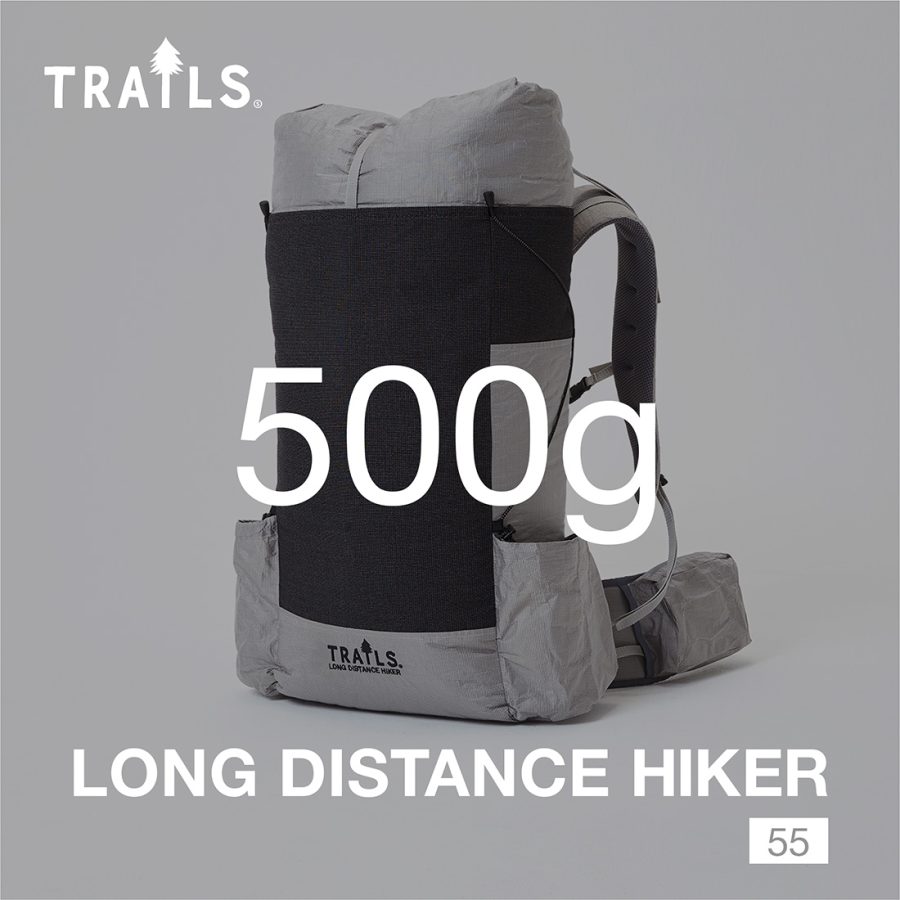 LONG DISTANCE HIKER【予約販売】
LONG DISTANCE HIKER【予約販売】  ULTRALIGHT HIKER【予約販売】
ULTRALIGHT HIKER【予約販売】  ULギアを自作するための生地、プラパーツ、ジッパー…
ULギアを自作するための生地、プラパーツ、ジッパー… 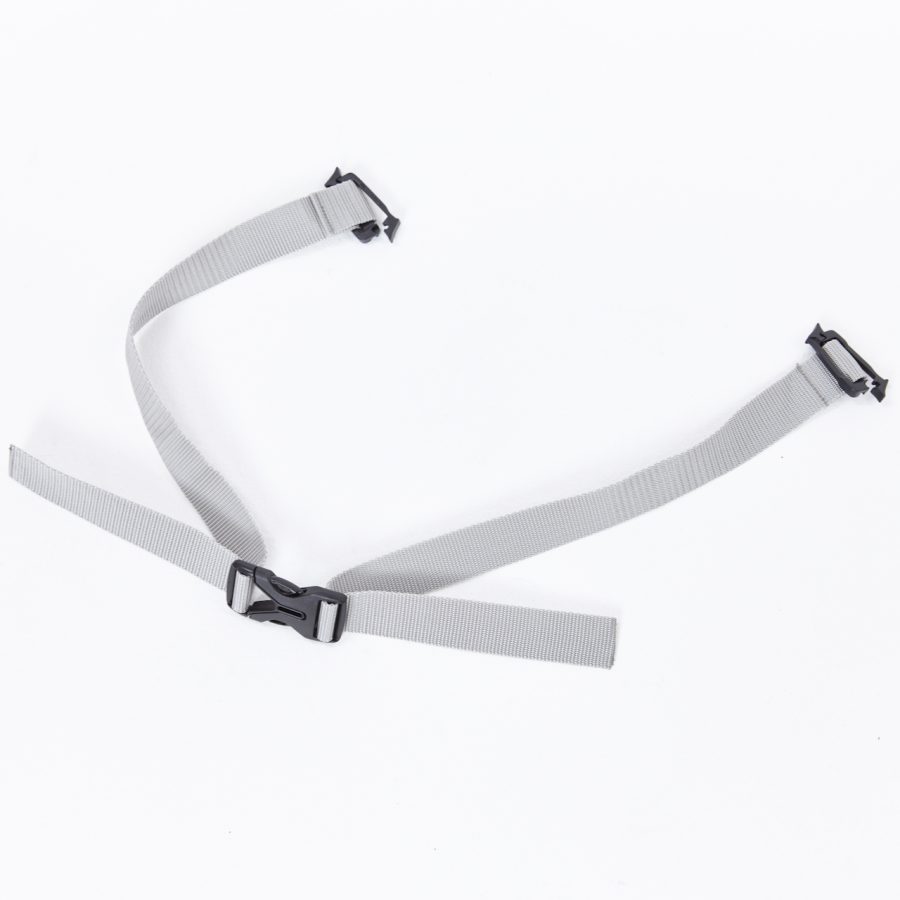 ウエストベルト
ウエストベルト  ボトルホルダー
ボトルホルダー  アンブレラホルダー
アンブレラホルダー 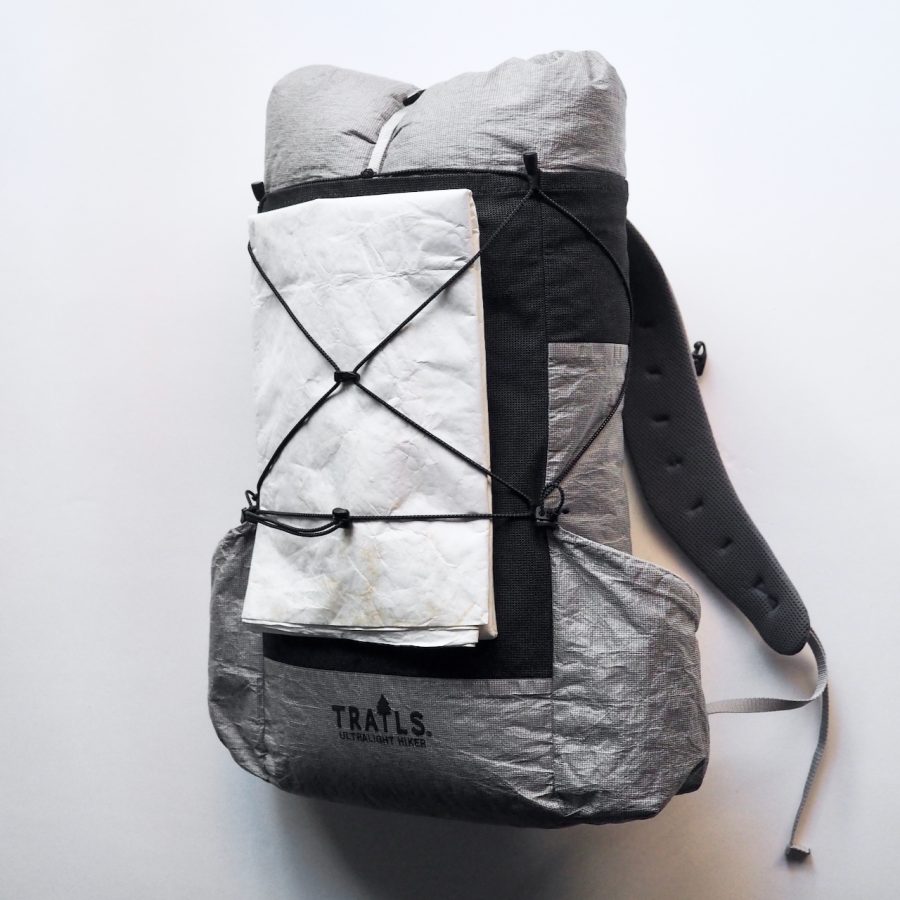 コンプレッションコード
コンプレッションコード 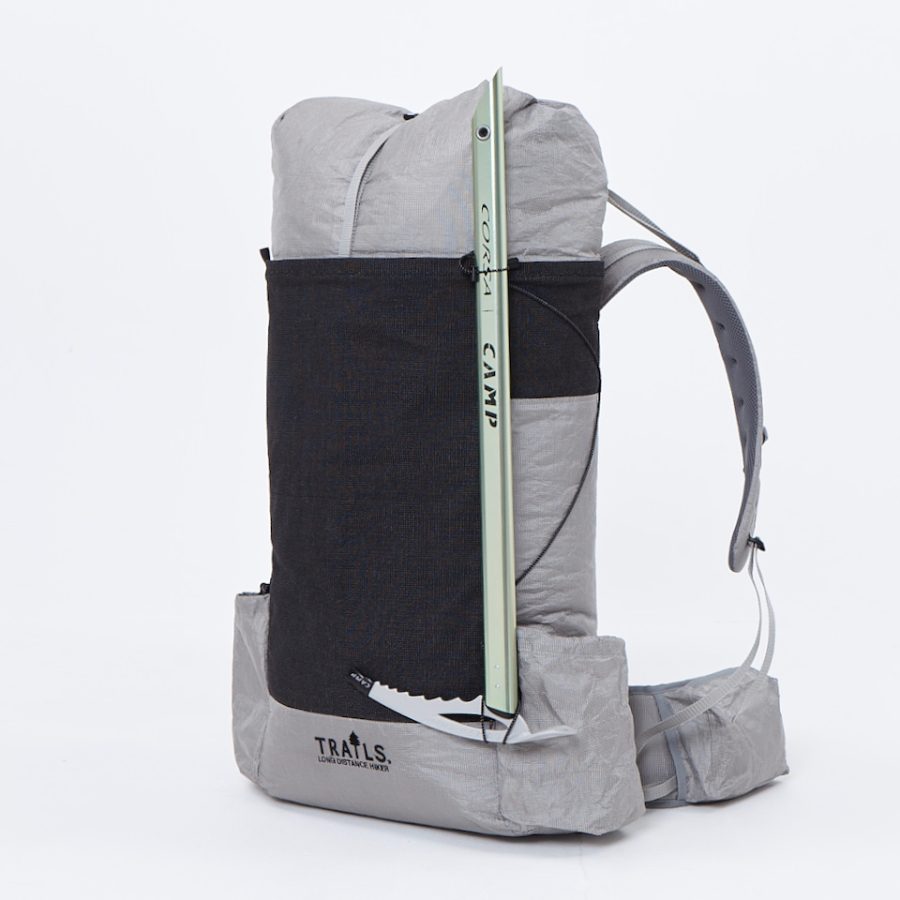 アイスアックスループ
アイスアックスループ  TRAILS SPECIAL BOX (2023 …
TRAILS SPECIAL BOX (2023 … 














